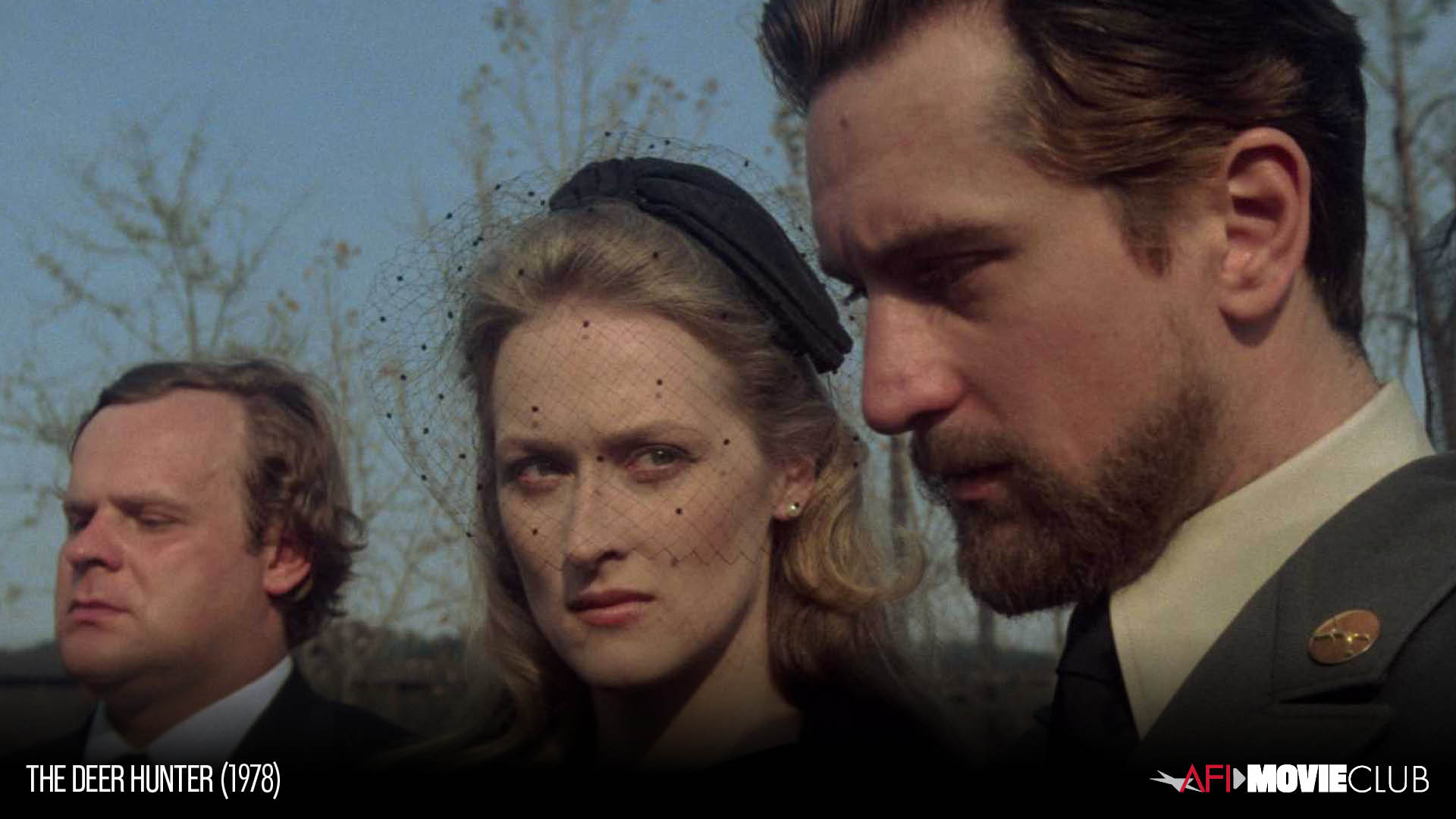Actor’s Performance

Cazador robert de niro – Robert De Niro’s portrayal of Cazador in “The Deer Hunter” is a masterclass in character development and acting techniques. De Niro’s physical transformation and mannerisms, combined with his emotional depth and vulnerability, bring the character to life.
The actor Robert De Niro, known for his portrayal of the violent Travis Bickle in “Taxi Driver,” is a far cry from the heroic image of a cazador, or hunter. In contrast, the events that unfolded in Rafah this weekend, what happened in rafah this weekend , paint a grim picture of the consequences of conflict.
As the world grapples with the complexities of war, it is crucial to remember the human cost behind the headlines.
Physical Transformation and Mannerisms
De Niro’s physical transformation for the role is striking. He lost 55 pounds, shaved his head, and adopted a gaunt, haggard appearance. This transformation not only enhances the character’s physicality but also conveys the emotional toll of war.
De Niro’s mannerisms, such as his slouching posture and hesitant speech, further shape the character. These subtle gestures communicate Cazador’s inner turmoil and the psychological scars he carries from his experiences in Vietnam.
Emotional Depth and Vulnerability, Cazador robert de niro
De Niro’s portrayal of Cazador goes beyond physicality. He captures the character’s emotional depth and vulnerability with remarkable authenticity. Through his performance, De Niro conveys Cazador’s complex emotions, including fear, anger, guilt, and a profound sense of loss.
De Niro’s portrayal is particularly poignant in scenes where Cazador struggles with his post-traumatic stress disorder. His performance in these scenes is both heartbreaking and deeply moving, showcasing his ability to convey the raw and intense emotions of a traumatized individual.
Cazador Robert De Niro’s gritty portrayal of a hunter in the wilderness brought to mind the haunting images of the rafah baby video , where innocent life was caught in the crossfire of war. De Niro’s character, driven by the primal instinct to hunt, mirrored the relentless pursuit of the vulnerable, leaving an indelible mark on the viewer’s psyche.
Character Analysis: Cazador Robert De Niro

Cazador is a complex and enigmatic character who is driven by a deep sense of loyalty and a desire for revenge. He is a skilled hunter and tracker, but he is also capable of great violence and brutality. Throughout the film, Cazador undergoes a profound transformation as he is forced to confront the darkness within himself.
Cazador’s motivations are initially driven by his desire to avenge the death of his father, who was killed by the Mexican military. However, as the film progresses, Cazador’s motives become more complex. He begins to question the morality of his actions and the toll that his violence is taking on his own soul.
Relationships
Cazador’s relationships with other characters in the film are complex and often fraught with tension. He has a close relationship with his brother, Joaquin, but he is also deeply resentful of him for leaving him behind to fight in the Mexican Revolution. Cazador also has a complex relationship with Maria, a young woman who he meets in the desert. Maria represents a glimmer of hope for Cazador, but he is also aware that their relationship is doomed from the start.
Evolution
Throughout the film, Cazador undergoes a profound transformation. He begins as a young man who is driven by a thirst for revenge, but he ends as a broken and disillusioned man. The experiences that Cazador endures during the film force him to confront the darkness within himself, and he ultimately comes to realize that violence is not the answer.
Comparison
Cazador is a complex and contradictory character. He is capable of great violence and brutality, but he is also capable of great compassion and love. He is a man who is haunted by his past and driven by a desire for revenge, but he is also a man who is capable of redemption.
Film Context

Released in 1978, “The Deer Hunter” was a poignant and unflinching portrayal of the Vietnam War and its lasting impact on the lives of American soldiers. The film’s director, Michael Cimino, drew inspiration from his own experiences in the conflict, as well as from the stories of veterans he encountered.
The film’s historical and social context was marked by a growing disillusionment with the Vietnam War and its devastating human cost. The war had become increasingly unpopular in the United States, and there was a widespread sense of betrayal and anger among many Americans. “The Deer Hunter” captured this mood, reflecting the trauma and alienation felt by soldiers who had been sent to fight in a distant and unfamiliar land.
Themes and Messages
At its core, “The Deer Hunter” explores the themes of war’s brutality, the loss of innocence, and the search for redemption. Cazador’s character embodies these themes, as he grapples with the horrors he has witnessed and the guilt he feels for surviving while his friends have died.
The film also challenges the traditional notions of heroism and masculinity. Cazador is not the stereotypical war hero; he is a flawed and complex character who struggles to come to terms with his experiences. His story suggests that war is not a heroic endeavor but a dehumanizing and destructive force.
Symbolism and Imagery
“The Deer Hunter” is rich in symbolism and imagery that contribute to the film’s emotional impact and thematic depth. The deer, a symbol of innocence and vulnerability, is a recurring motif throughout the film. The deer hunt at the beginning of the film foreshadows the horrors that await the soldiers in Vietnam.
Other symbols include the roulette wheel, which represents the randomness and unpredictability of war, and the steel mill, which symbolizes the industrial and technological power of the United States. These symbols work together to create a powerful and haunting meditation on the human cost of war.